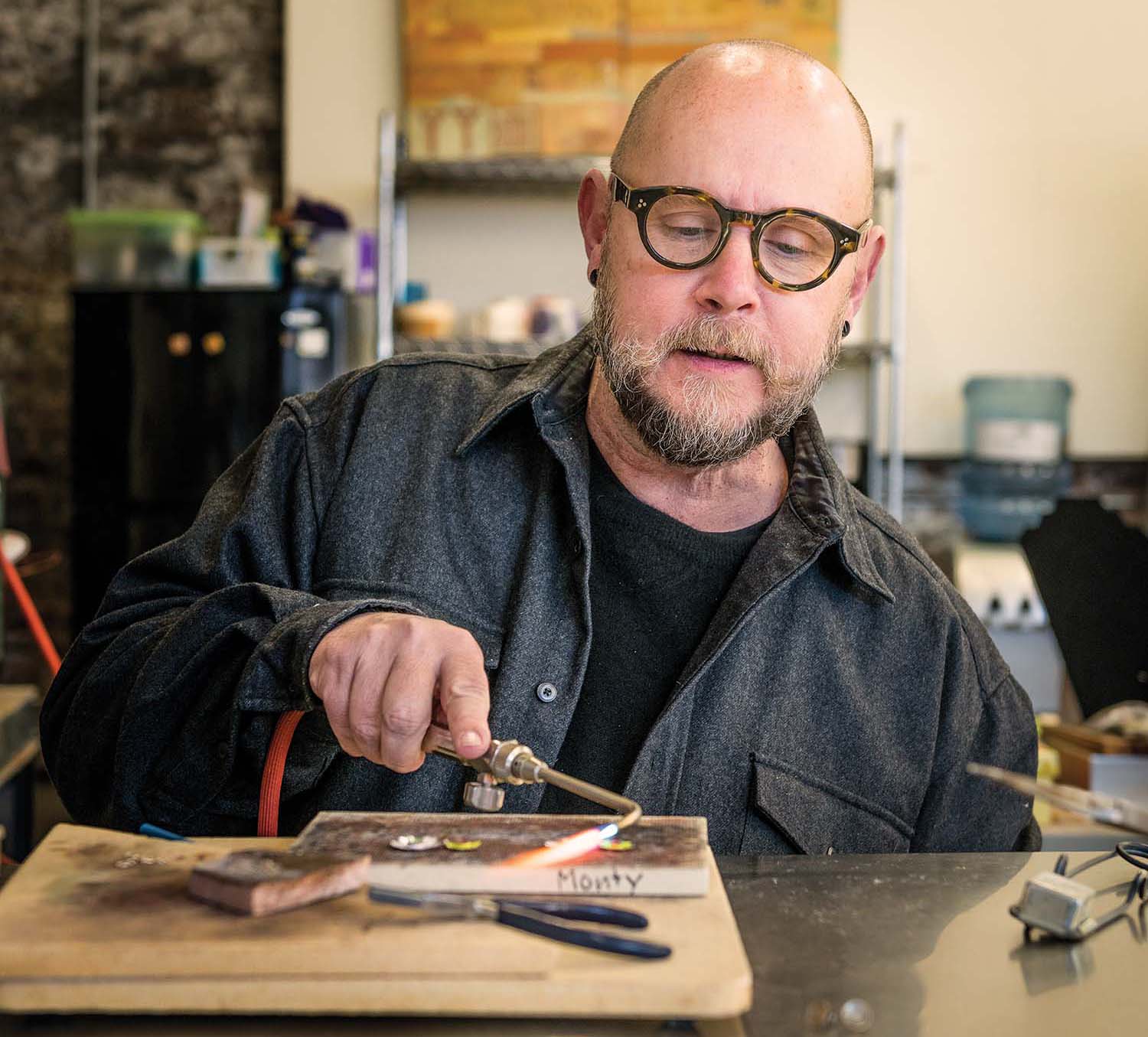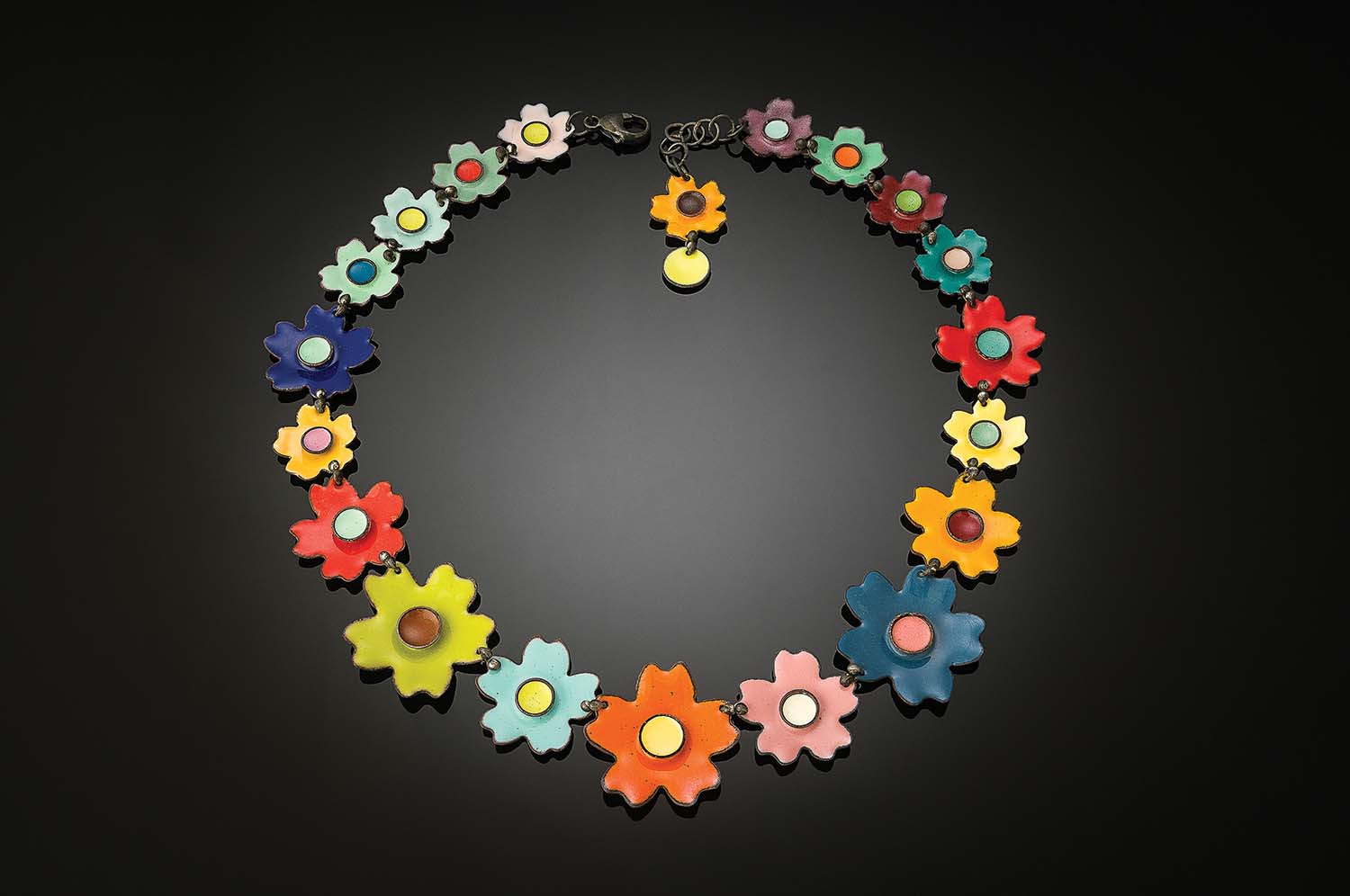
Monty Phillips enjoys being in control of his own education. He says he’s long been attracted to the meticulous techniques of Japanese art — “the brush, ink, mineral pigments, the various papers and silk for painting and mounting, and how these were traditionally made and used.”
That led him to enroll in a self-tailored college program comprising languages, literature, fine art, and art history. Through the combined BA and Master’s degrees — at Washington University in St. Louis and on site at Waseda University in Tokyo — he acquired both degrees in a shorter-than-usual time frame.
After college, Phillips moved to California and learned the techniques of conserving and restoring Asian artworks on paper and silk. “When an Asian art object is restored, usually the only thing retained is the artwork itself, what in Japanese is called the honshi,” he explains. The rest of the object — scroll, screen, fusuma panel (a kind of sliding door) — often has to be replaced with new parts.

In 2011, he moved to Asheville, where he shared a studio with an enamelist. “I was intrigued by the medium,” says Phillips, for whom curiosity generally leads to profound immersion. To learn more about vitreous enameling — fusing powdered glass to a substrate through a high-temperature firing process that adds color to metal — he began attending symposia and workshops. He quickly built a career as a self-taught enamelist, growing a reputation as a jewelry artist.
Phillips creates his pieces through multiple steps, beginning with sawing the component parts from sheets of metal: primarily copper, fine silver, or gold. Then, using a hammer and wooden block or a mallet and anvil, he makes three-dimensional shapes.
“Glass enamel,” he explains, “is not like paint. Because of the particulate nature of the glass, you cannot mix blue and yellow enamel to get green. Gradations in color are achieved by overlaying close colors in proximity.”
His graceful botanical earrings and necklaces are clearly inspired by the flowers in his garden, as well as by Japanese minimalism. This chronic learner even gets excited by his own mistakes. For him, they become innovations: just a syllabus for the next new technique.
Monty’s Follies, CURVE Studios and Garden, 9 Riverside Drive in the River Arts District. His works are sold at Woolworth Walk (25 Haywood St.). For more information, see montysfollies.com.